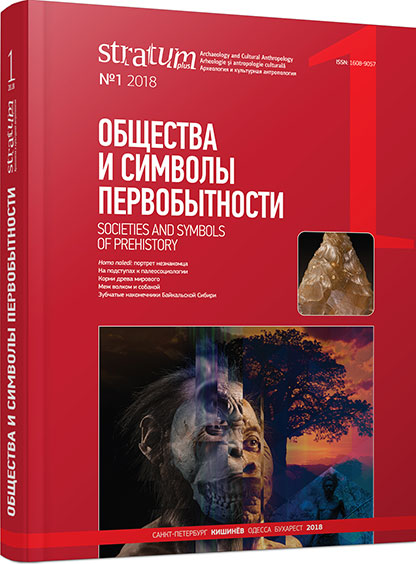Микропластинчатое расщепление в раннем верхнем палеолите Монголии
Microlithic Technology in the Early Upper Palaeolithic of Mongolia
Author(s): Sergey A. Gladyshev, Andrei V. TabarevSubject(s): History, Archaeology
Published by: Издательский дом Stratum, Университет «Высшая антропологическая школа»
Keywords: Mongolia; Gobi Altai; Early Upper Palaeolithic; microlithic technology; radiocarbon dating
Summary/Abstract: The paper deals with microlithic technology in the Early Upper Palaeolithic of Mongolia. The assemblages from 5 sites under consideration contain both microcores and microblades, but no tools made of microblades are present. The materials from Northern Mongolia and Gobi Altai testify to the existence of microlithic technology since the early stages of the the Upper Palaeolithic (ca. 37—26 kya). In the Early Upper Palaeolithic of Northern Mongolia (Tolbor-4 and Tolbor-15 sites) microblades were usually detached from narrow-front and, less frequently, wedge-shaped microcores. The materials of Tsagan-Agui Cave in Gobi Altai include elongated cores with negatives of microblade removals on the narrow front. The Early Upper Palaeolithic layer of Chikhen-Agui Rockshelter yielded a subprismatic microcore designed for microblade production and 24 microblades. In addition, microblades and microcores were found in the Early Upper Palaeolithic layers of the open air site of Chikhen 2.
Journal: Stratum plus. Археология и культурная антропология
- Issue Year: 2018
- Issue No: 1
- Page Range: 339-351
- Page Count: 13
- Language: Russian
- Content File-PDF

